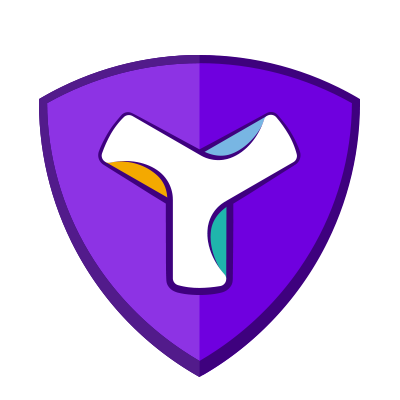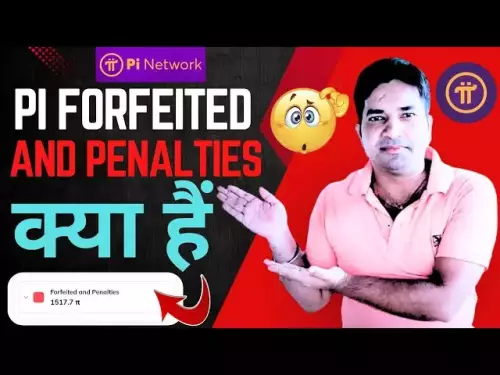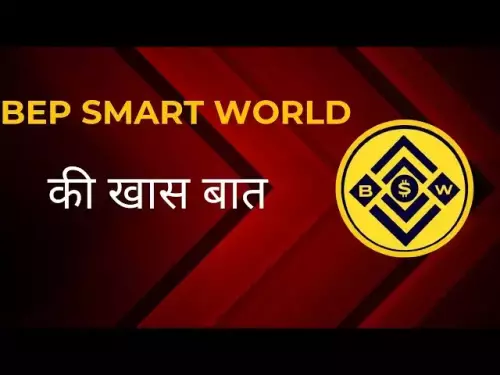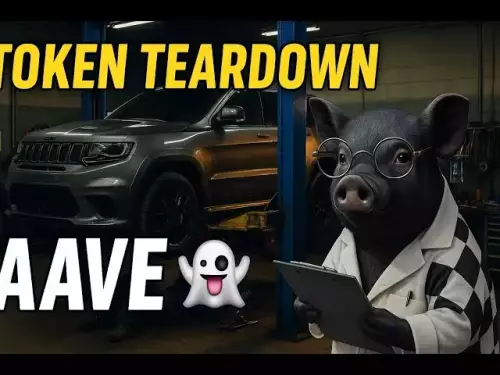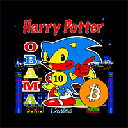-
 bitcoin
bitcoin $112195.049338 USD
2.42% -
 ethereum
ethereum $4124.915858 USD
2.81% -
 tether
tether $1.000570 USD
0.02% -
 xrp
xrp $2.861568 USD
2.25% -
 bnb
bnb $1000.346670 USD
3.04% -
 solana
solana $209.070819 USD
3.38% -
 usd-coin
usd-coin $0.999870 USD
0.02% -
 dogecoin
dogecoin $0.235379 USD
2.65% -
 tron
tron $0.335681 USD
-0.20% -
 cardano
cardano $0.803501 USD
3.38% -
 hyperliquid
hyperliquid $47.120881 USD
3.56% -
 chainlink
chainlink $21.501300 USD
3.44% -
 ethena-usde
ethena-usde $1.000571 USD
0.02% -
 avalanche
avalanche $29.793378 USD
3.62% -
 stellar
stellar $0.366964 USD
2.42%
How can I assess the community activity of an NFT project?
A strong NFT community drives value through engagement, content creation, and on-chain activity—prioritize quality interaction over follower count when evaluating projects.
Aug 10, 2025 at 10:43 am
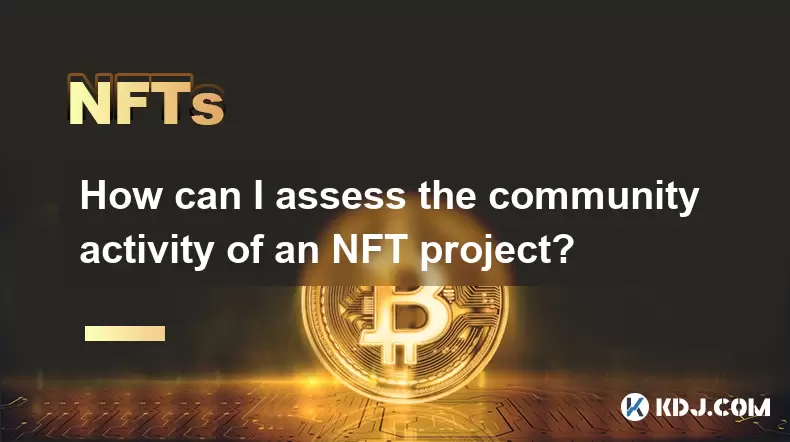
Understanding the Importance of Community in NFT Projects
In the world of NFTs, the strength and engagement of a project’s community often determine its long-term success. A vibrant community contributes to sustained demand, helps spread awareness, and can even influence the direction of the project through feedback. Unlike traditional assets, the value of an NFT is not solely tied to rarity or artwork; community sentiment plays a crucial role. Projects with weak or inactive communities are more likely to lose momentum and fail. Therefore, assessing community activity is a fundamental step before investing time or capital.
Monitoring Social Media Platforms
One of the most direct ways to gauge community activity is by analyzing a project’s presence on social media platforms such as Twitter (X), Discord, Telegram, and Instagram. Start by searching for the official project account on each platform. Look for:
- Frequency of posts: Active projects post updates, announcements, memes, and interactive content regularly.
- Engagement metrics: Check the number of likes, retweets, replies, and quote tweets. High engagement indicates a responsive and invested audience.
- Follower growth: Use tools like SocialBlade to track follower trends. A steady increase suggests growing interest, while stagnant or declining numbers may signal waning attention.
- Quality of interaction: Are replies from the team thoughtful and timely? Do community members initiate discussions, or is engagement mostly driven by the project itself?
For example, a project with 10,000 followers but only a handful of likes per post may have inflated numbers due to bots or purchased followers. Genuine interaction is a stronger indicator of health.
Analyzing Discord and Telegram Engagement
Discord is often the central hub for NFT communities. Accessing the official Discord server (if public) allows for a deeper look into real-time engagement. Key indicators include:
- Number of active members: A high member count is meaningless if most are inactive. Look for bots like MEE6 or Carl-bot that display activity leaderboards.
- Channel activity: Navigate through channels like #general, #announcements, #feedback, and #off-topic. Are users posting regularly? Are team members responding to questions?
- Voice chat usage: Frequent voice chat sessions indicate a tight-knit and enthusiastic community.
- Moderation quality: Well-moderated servers with clear rules and active moderators reflect professionalism.
In Telegram, similar metrics apply. Check if the group has daily messages, whether the team shares updates, and if members are trading or discussing the NFTs. Be cautious of groups with excessive spam or pump-and-dump chatter, as these may indicate a low-quality community.
Reviewing On-Chain and Marketplace Behavior
Community sentiment often translates into on-chain behavior. Use blockchain explorers and NFT marketplaces to analyze how holders interact with the collection. Tools like Dune Analytics, NFTScan, or Blur can help. Focus on:
- Holding patterns: Are tokens being held long-term, or are they flipping quickly after mint? A high holder retention rate suggests confidence.
- Trading volume: Sudden spikes might indicate hype, but consistent volume reflects ongoing interest.
- Floor price stability: Frequent dips in floor price may signal panic selling or lack of support from the community.
- Whale activity: Monitor large wallets. If top holders are selling off, it could foreshadow declining trust.
Additionally, check if community members are using their NFTs as profile pictures (PFPs) on social media. A high percentage of PFP usage is a strong sign of community pride and identity.
Evaluating Content Creation and Community-Led Initiatives
A thriving NFT community often produces its own content. Look for:
- Fan art and memes: Are holders creating and sharing artwork based on the NFTs? This organic creativity is a hallmark of deep engagement.
- Community events: Are members organizing giveaways, art contests, or virtual meetups without team prompting?
- Third-party platforms: Check if the project is featured on NFT news sites, YouTube reviews, or podcasts. Independent coverage adds credibility.
- DAO participation: If the project has a DAO, review governance proposal turnout. High voter participation reflects active ownership.
Projects where the community takes initiative beyond passive holding demonstrate emotional investment, which is harder to fake than social media metrics.
Assessing Team Transparency and Communication
The team’s interaction with the community significantly impacts overall activity. Evaluate:
- AMA sessions: Regular Ask-Me-Anything events show openness.
- Development updates: Are roadmap milestones shared with progress reports?
- Crisis response: How did the team handle past issues like bugs, delays, or security breaches?
- Doxxed members: Teams with publicly identified leaders are generally more accountable.
A team that communicates clearly and frequently fosters trust, encouraging members to stay active and involved. Conversely, radio silence or vague statements can lead to community frustration and attrition.
Frequently Asked Questions
How can I tell if an NFT community has bots instead of real members?Look for repetitive messages, identical profile pictures, or accounts with no profile details. In Discord, check if new members join in large batches at odd hours. Use tools like Disboard or Top.gg to see if the server has a legitimate ranking. High follower counts with minimal engagement on Twitter are also a red flag.
What tools can I use to analyze NFT community metrics?For social media, use SocialBlade for follower trends and Hootsuite or TweetDeck to monitor engagement. For on-chain data, Dune Analytics offers customizable dashboards. Nansen and Arkham Intelligence provide wallet-level insights. Discord analytics bots like Statbot or Disboard can track server activity.
Is a large community always a good sign for an NFT project?Not necessarily. A large but inactive community may be filled with disengaged or speculative holders. Focus on engagement quality over quantity. A smaller, highly active community often provides more value than a massive, silent one.
How often should an NFT project post updates to maintain community interest?There’s no fixed rule, but daily or weekly updates are common for active projects. Announcements about development, partnerships, or events should be timely. Silence for more than a week without explanation can raise concerns, especially post-mint. Consistency matters more than frequency.
Disclaimer:info@kdj.com
The information provided is not trading advice. kdj.com does not assume any responsibility for any investments made based on the information provided in this article. Cryptocurrencies are highly volatile and it is highly recommended that you invest with caution after thorough research!
If you believe that the content used on this website infringes your copyright, please contact us immediately (info@kdj.com) and we will delete it promptly.
- Solana: Institutions' Growing Confidence Signals a Bullish Future
- 2025-09-29 17:05:16
- PumpFun (PUMP) Price in October: Will the Memecoin Momentum Continue?
- 2025-09-29 16:25:14
- Cloud Mining, High-Yield Contracts, and Market Volatility: A New Yorker's Take
- 2025-09-29 17:05:16
- Royal Mint Error Coins: What's the Sell Price?
- 2025-09-29 16:25:14
- BABY Token Inflation and Co-Staking: A New Era for Babylon
- 2025-09-29 17:10:01
- Dogecoin, ETFs, and Memecoins: Navigating the Hype in the Wild World of Crypto
- 2025-09-29 17:10:01
Related knowledge
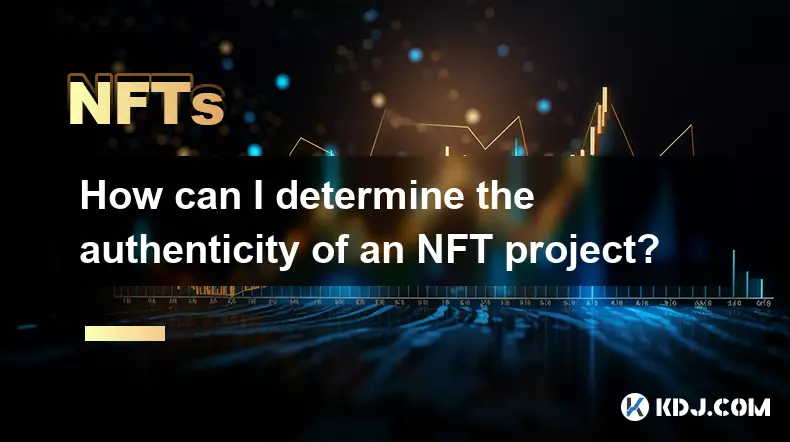
How can I determine the authenticity of an NFT project?
Sep 23,2025 at 05:18pm
Understanding the Project Team and Their Background1. Research the identities of the team members behind the NFT project. Verified social media profil...
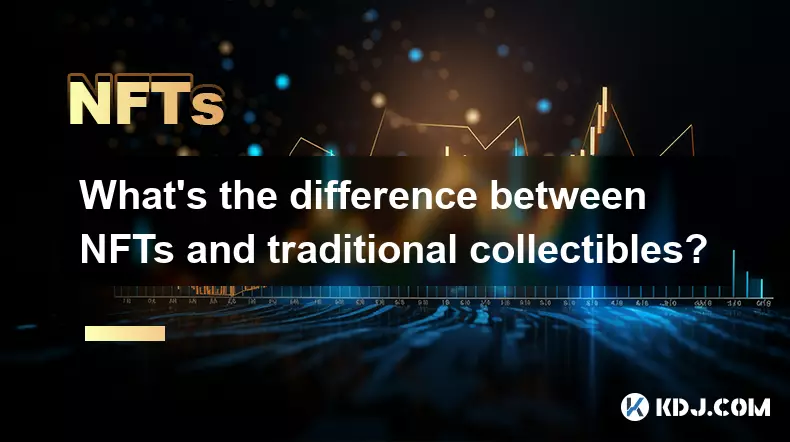
What's the difference between NFTs and traditional collectibles?
Sep 19,2025 at 12:55pm
Digital Ownership and Provenance1. NFTs are built on blockchain technology, which ensures transparent and immutable records of ownership. Every transa...
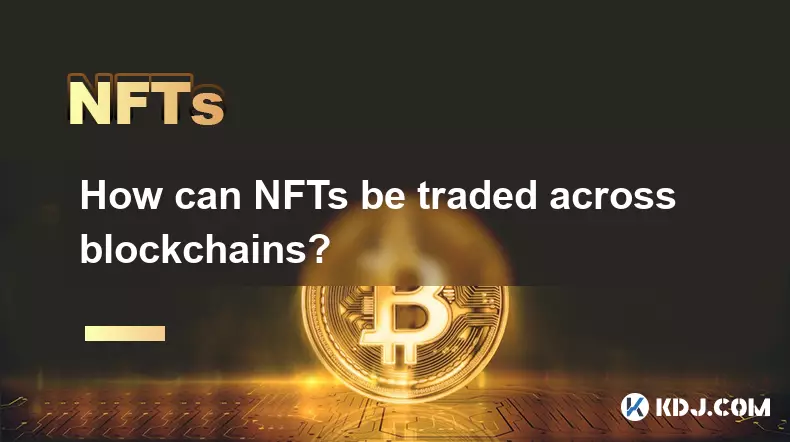
How can NFTs be traded across blockchains?
Sep 19,2025 at 12:00pm
Understanding Cross-Chain NFT Trading1. Non-fungible tokens (NFTs) are digital assets that represent ownership of unique items on a blockchain. Origin...
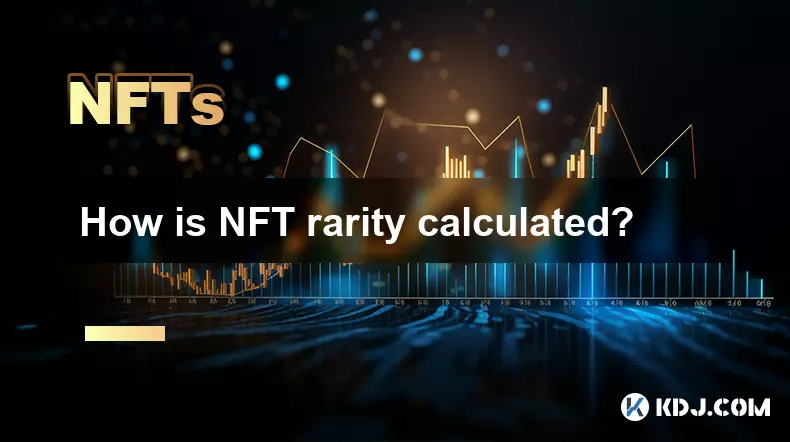
How is NFT rarity calculated?
Sep 18,2025 at 07:54pm
Understanding NFT Rarity Metrics1. NFT rarity is determined by analyzing the uniqueness of individual traits within a collection. Each NFT typically c...
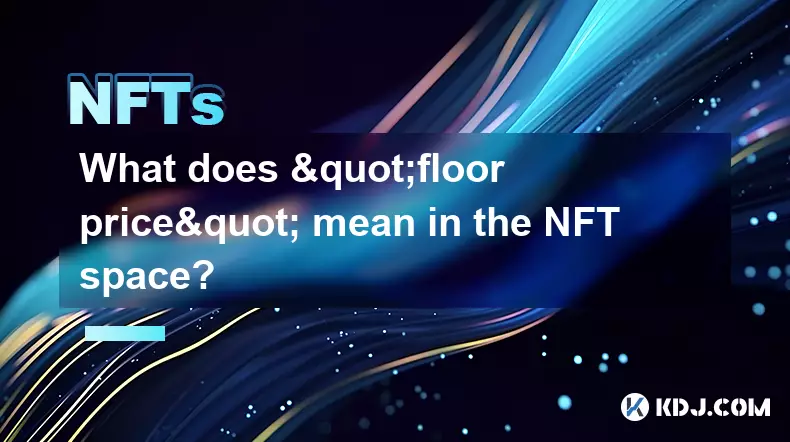
What does "floor price" mean in the NFT space?
Sep 22,2025 at 06:36am
Floor Price: A Core Metric in the NFT Marketplace1. The term floor price refers to the lowest current asking price for any item within a specific NFT ...

How do NFTs help content creators?
Sep 18,2025 at 08:00am
NFTs Empower Creators with Ownership and Monetization1. NFTs provide content creators with verifiable ownership of their digital works, ensuring authe...

How can I determine the authenticity of an NFT project?
Sep 23,2025 at 05:18pm
Understanding the Project Team and Their Background1. Research the identities of the team members behind the NFT project. Verified social media profil...

What's the difference between NFTs and traditional collectibles?
Sep 19,2025 at 12:55pm
Digital Ownership and Provenance1. NFTs are built on blockchain technology, which ensures transparent and immutable records of ownership. Every transa...

How can NFTs be traded across blockchains?
Sep 19,2025 at 12:00pm
Understanding Cross-Chain NFT Trading1. Non-fungible tokens (NFTs) are digital assets that represent ownership of unique items on a blockchain. Origin...

How is NFT rarity calculated?
Sep 18,2025 at 07:54pm
Understanding NFT Rarity Metrics1. NFT rarity is determined by analyzing the uniqueness of individual traits within a collection. Each NFT typically c...

What does "floor price" mean in the NFT space?
Sep 22,2025 at 06:36am
Floor Price: A Core Metric in the NFT Marketplace1. The term floor price refers to the lowest current asking price for any item within a specific NFT ...

How do NFTs help content creators?
Sep 18,2025 at 08:00am
NFTs Empower Creators with Ownership and Monetization1. NFTs provide content creators with verifiable ownership of their digital works, ensuring authe...
See all articles




















